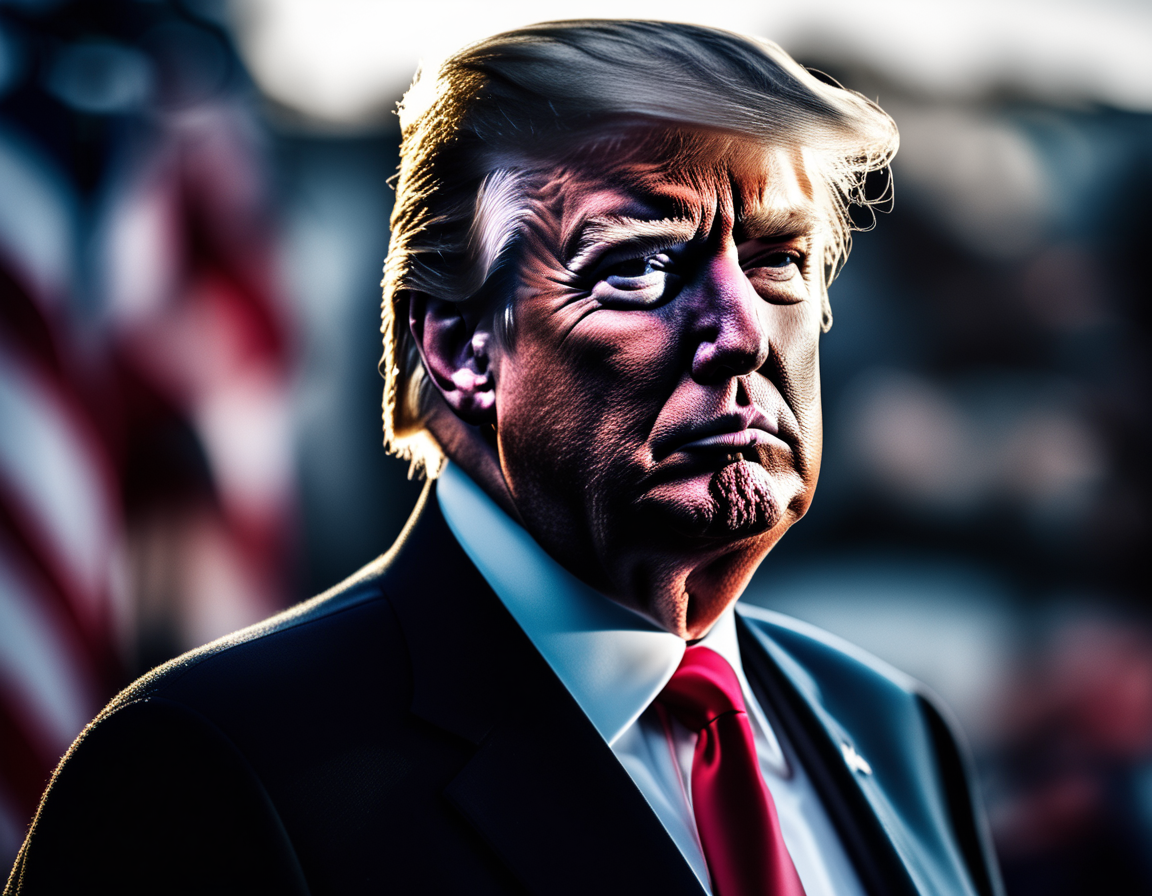
Supreme Court Invalidates Trump-era Ban on Bump Stocks for Firearms
Supreme Court invalidates Trump-era bump stock ban, ruling ATF exceeded authority. Ruling reverts to pre-2018 regulations on gun accessories.

On Friday, June 14, the Supreme Court ruled 6-3 to invalidate the federal ban on bump stocks, a rule implemented during the Trump administration. Bump stocks are devices that greatly increase the rate of fire of semi-automatic weapons.
The ruling found that the Bureau of Alcohol, Tobacco, Firearms and Explosives exceeded its authority when it issued the ban in 2018, following the 2017 mass shooting at a music festival in Las Vegas. The court's decision split along ideological lines, with Justice Clarence Thomas delivering the majority opinion. Justice Sonia Sotomayor read her dissenting opinion from the bench.
What the Ruling Means
The ruling effectively unwinds one of the federal government's recent actions to combat gun violence. It is important to note that the case did not directly pertain to the Second Amendment, but rather focused on federal regulatory power.
Justice Thomas' majority opinion delved into the mechanics and components of a semi-automatic weapon, ultimately concluding that a bump stock does not convert a semi-automatic rifle into a machine gun. Conversely, Justice Sotomayor, joined by Justices Elena Kagan and Ketanji Brown Jackson, stressed that a rifle equipped with a bump stock can fire at a high rate, making it a machine gun based on textual evidence.
Reactions to the Decision
President Biden urged Congress to pass legislation that would ban bump stocks and assault weapons, which he vowed to sign. The ATF director, Steven Dettelbach, expressed the agency's readiness to work with Congress to ensure that bump stocks no longer pose a threat. On the other hand, Mark Chenoweth, president of the New Civil Liberties Alliance, lauded the decision, emphasizing that the ATF did not have the authority to implement the ban.
The Bump Stock Ban
Bump stocks are attachments that increase the rate of fire of semi-automatic rifles to hundreds of rounds per minute. The case, known as Garland v. Cargill, focused on whether the ATF overreached when it banned the devices in 2018. The decision to ban bump stocks followed the 2017 mass shooting in Las Vegas, where a gunman killed 58 people and injured 500 others using semi-automatic weapons equipped with bump stocks.
The new rule, issued in December 2018, classified a rifle equipped with a bump stock as a machine gun, leading to the requirement for owners to destroy or surrender the devices to the ATF. The ruling also highlighted the legal battles and conflicting decisions across different federal courts regarding the ban on bump stocks.
Implications and Calls for Action
The Supreme Court's decision has sparked debate and calls for legislative action. Gun violence prevention groups argue that bump stocks should be banned, equating their use to that of machine guns. They urge Congress to pass bipartisan legislation to address the issue.
Overall, the ruling and its aftermath underscore the complexities and controversies surrounding gun control regulations and the interpretation of existing laws in the United States.
Share news















